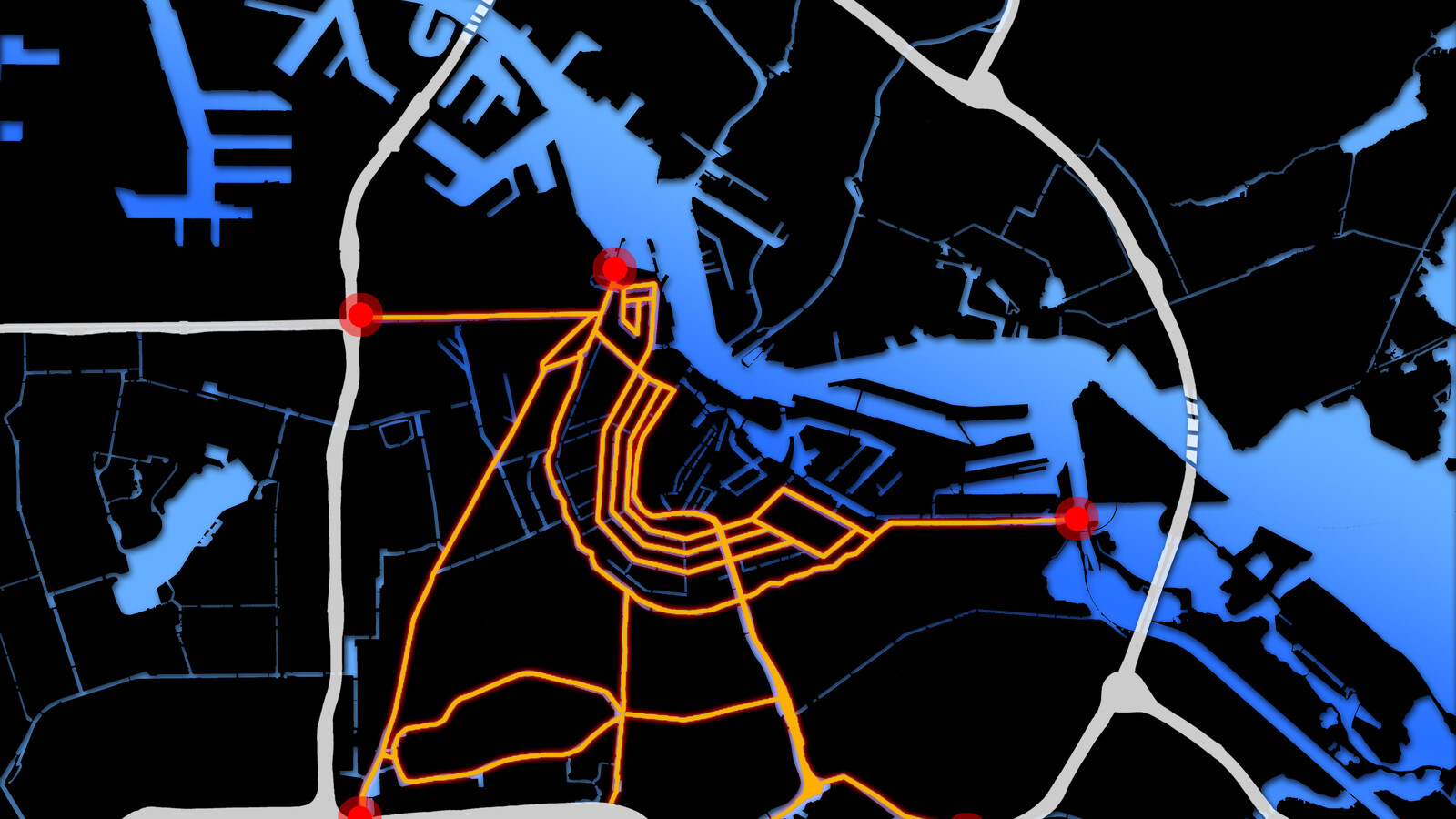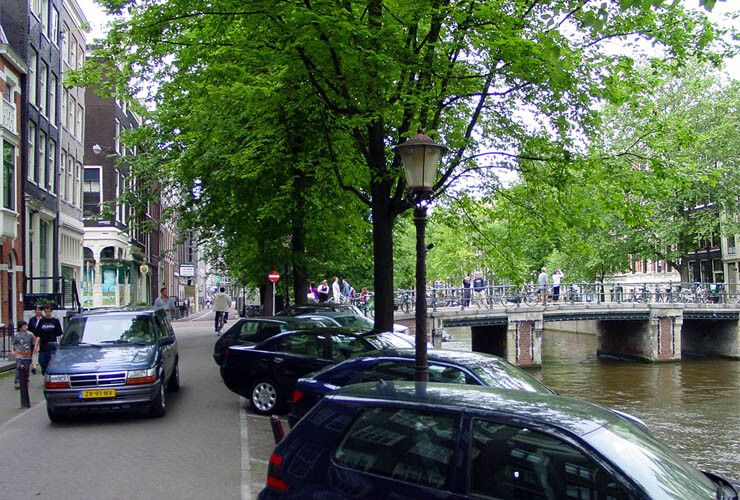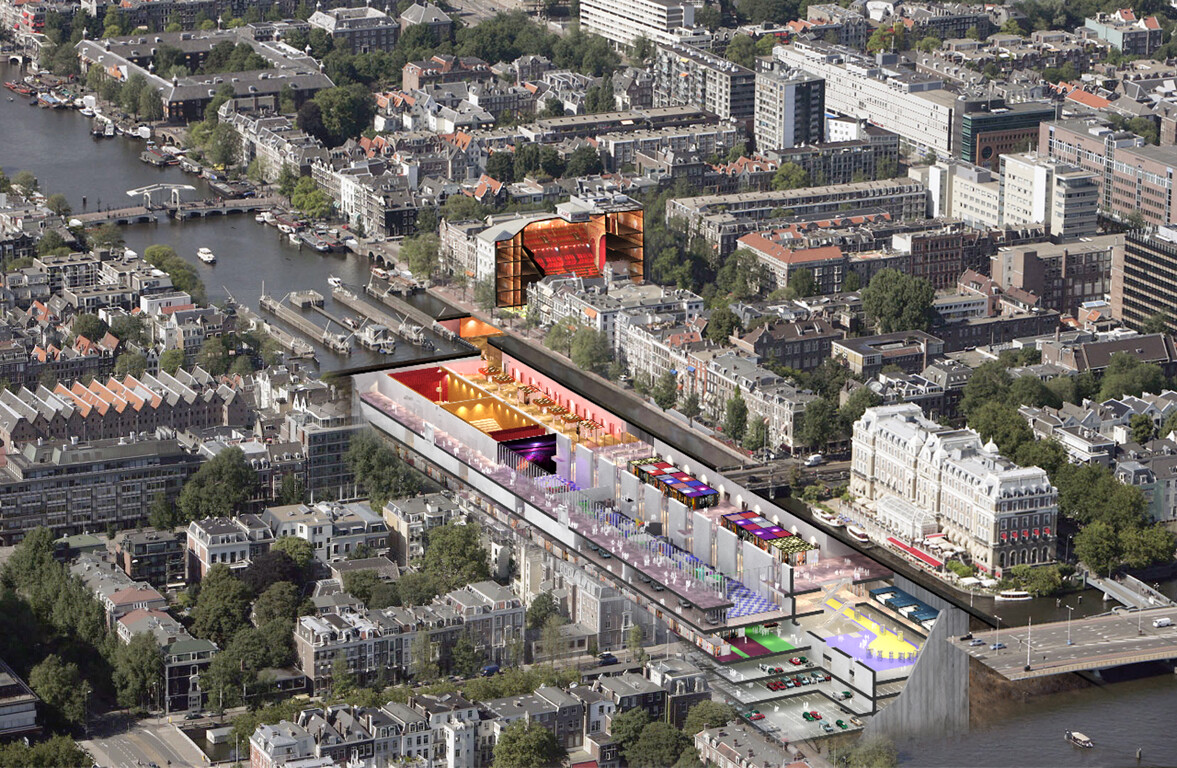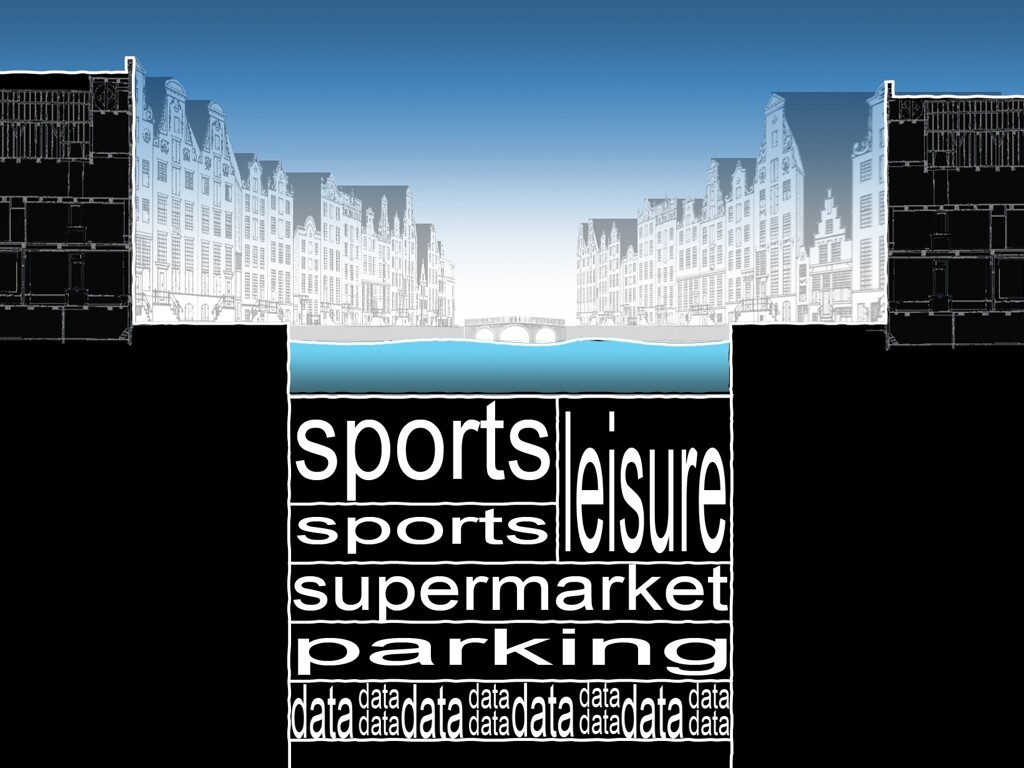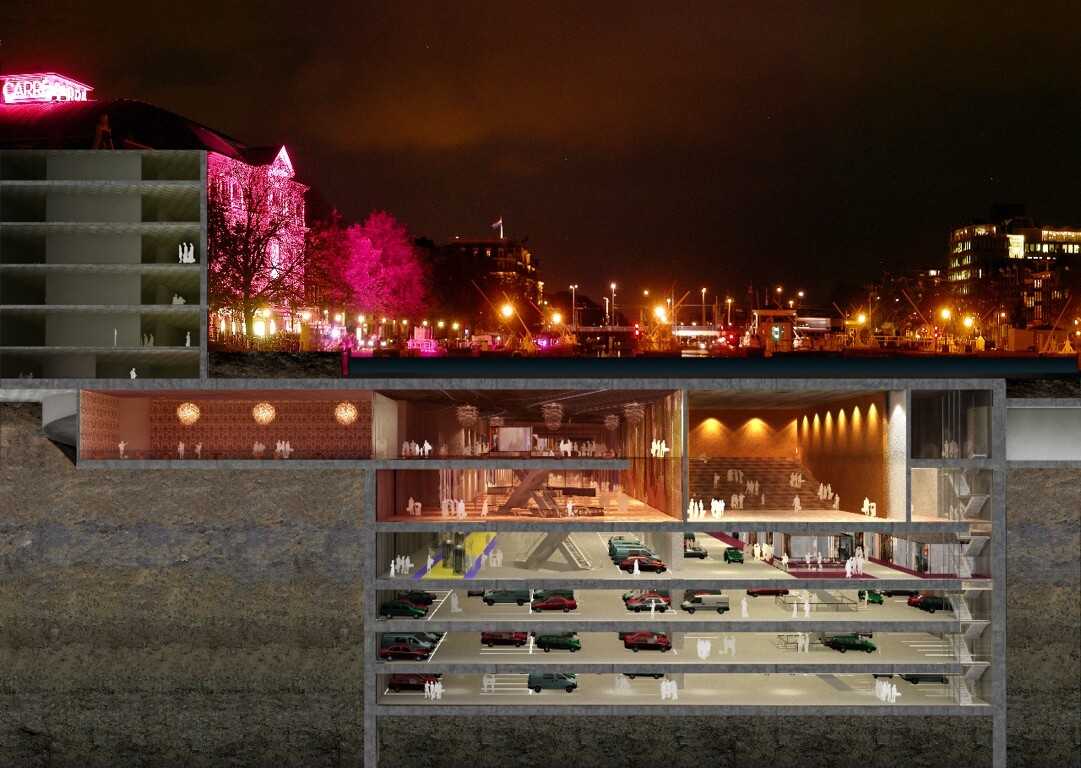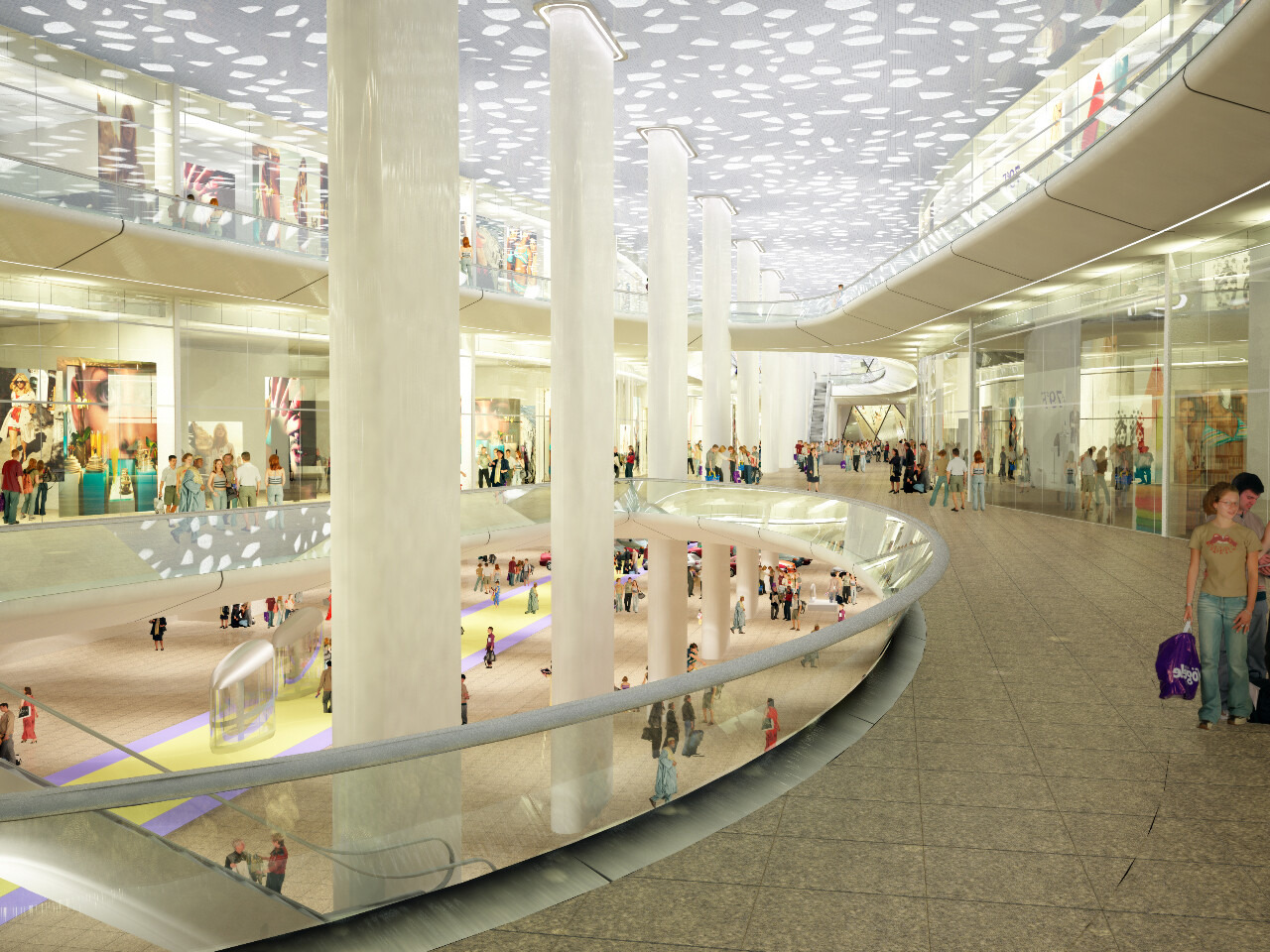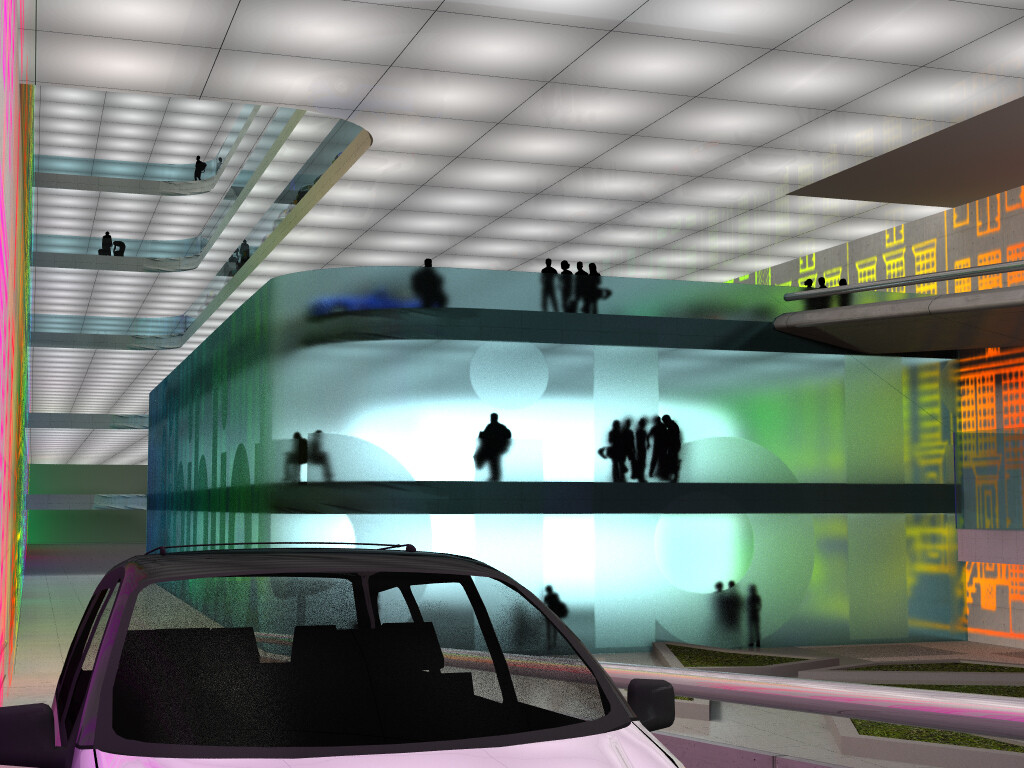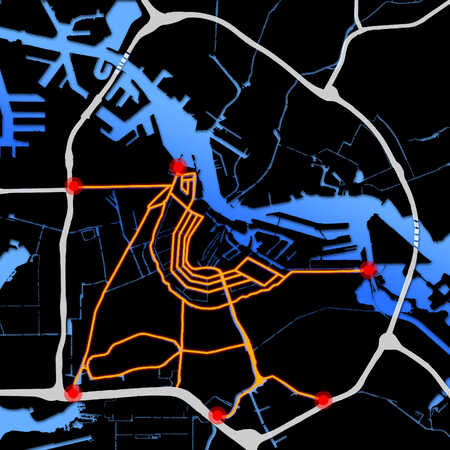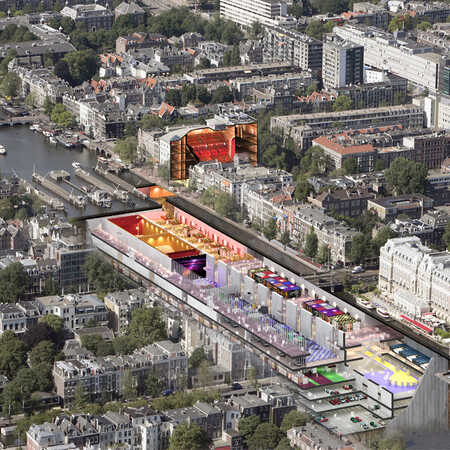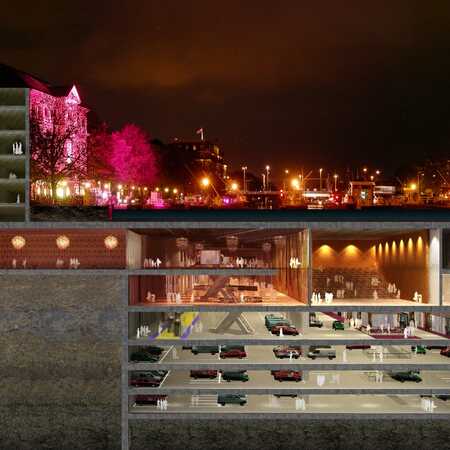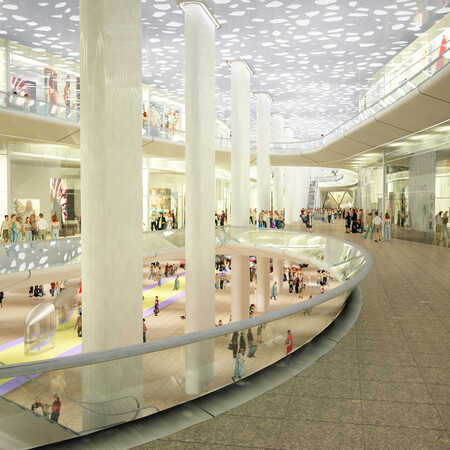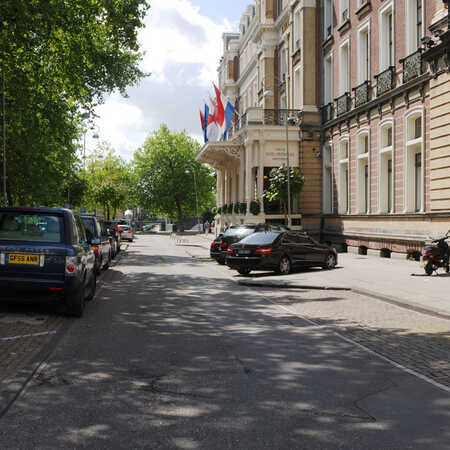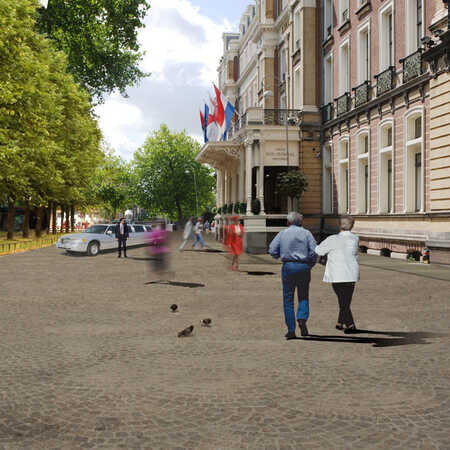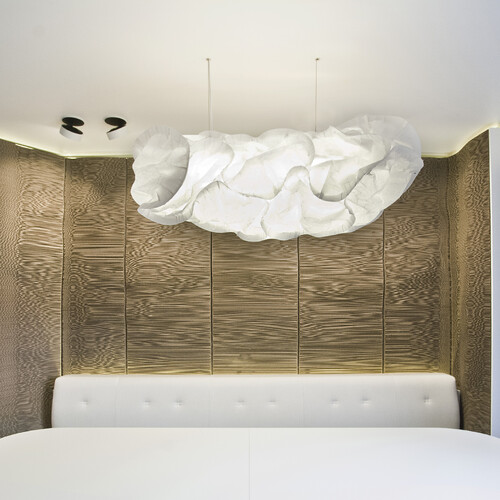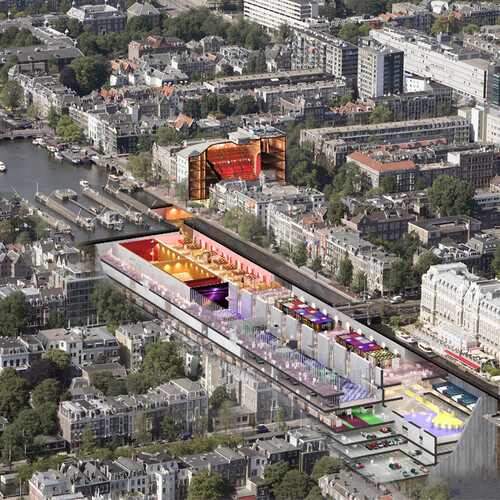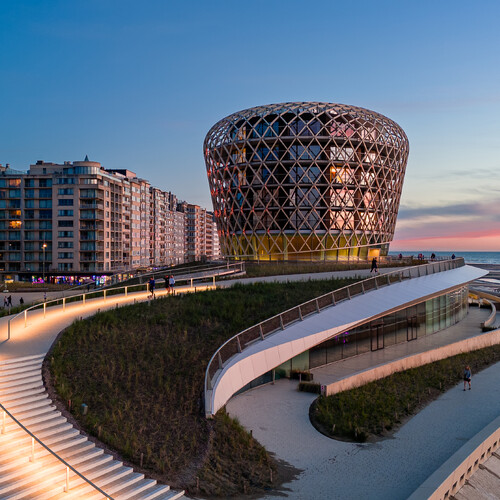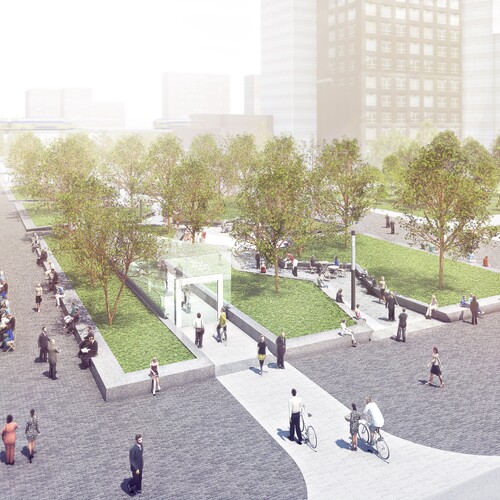Looking for new space
Looking at Amsterdam from the air, it is striking how the historical centre and the surrounding 19th century area is crisscrossed by canals, on both sides of the river Amstel. The water covers an enormous surface area, roughly a million square meters. In collaboration with the construction company Strukton, the architectural studio ZJA developed a plan in 2010 to house the urban facilities needed to make Amsterdam futureproof under the water’s surface, thus utilizing that large area of the inner-city canals in a safe and smart way.
